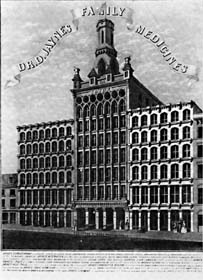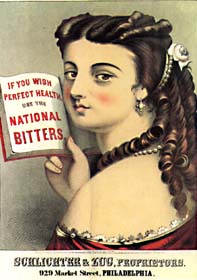The first American domestic medicine manual. Tennent was a Virginia doctor controversial for advocating Native American herbal remedies. The earliest surviving copy is of the second edition, Williamsburg, 1734. Franklin published another edition and sold it for a shilling, with a discount for those who gave it away in charity. It was reprinted at least 7 more times, including a German edition.
in the essay

